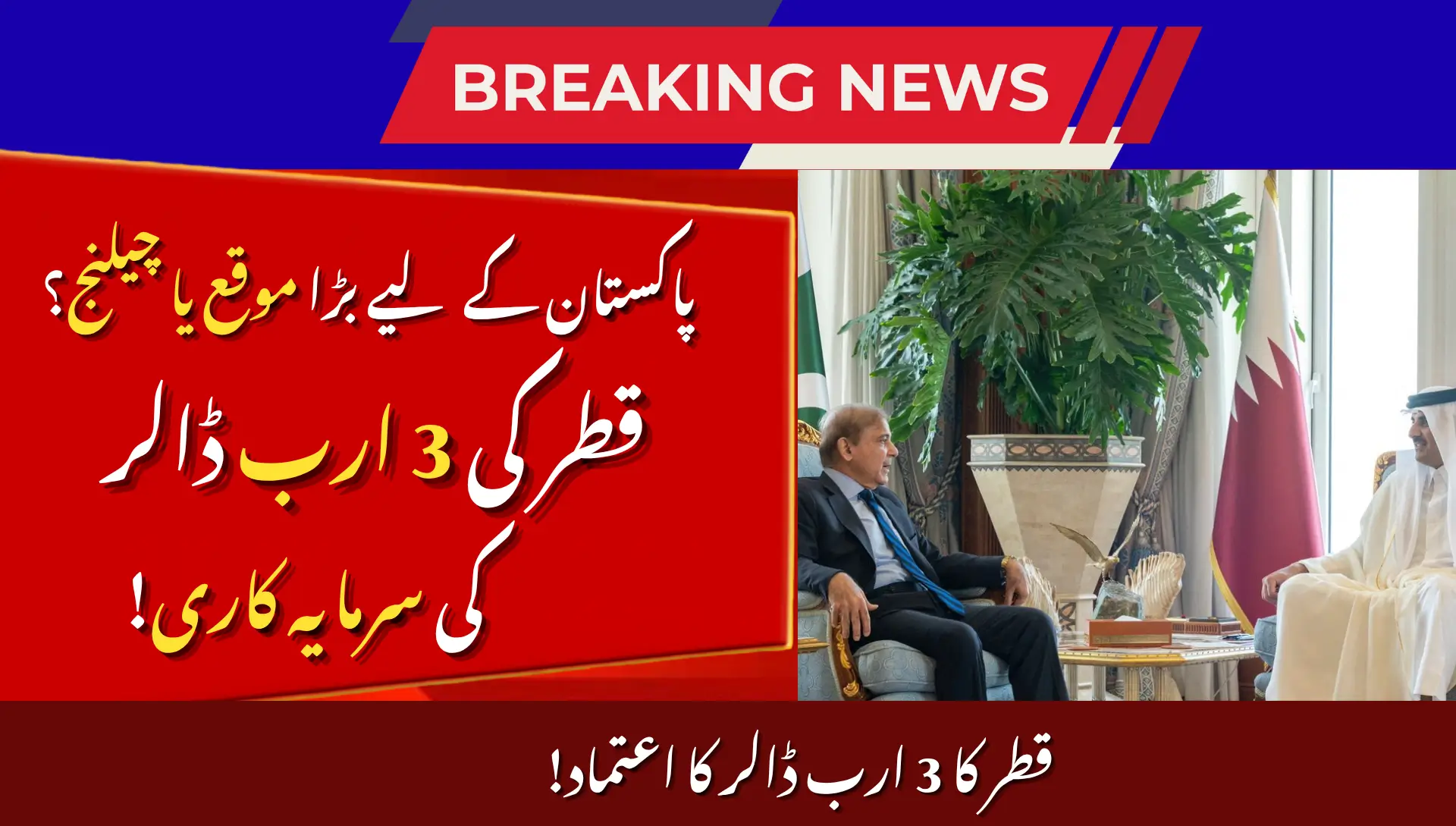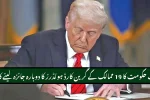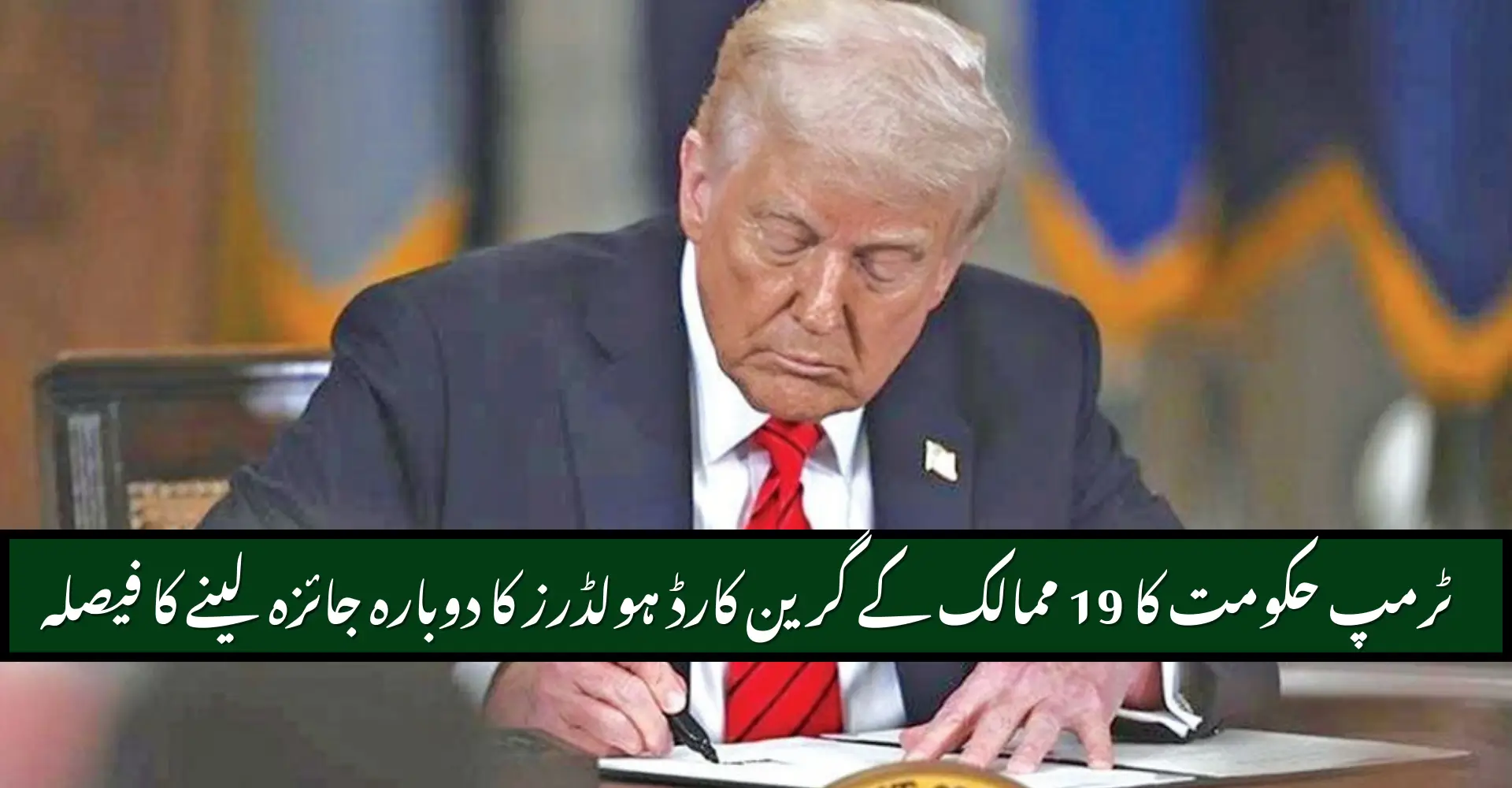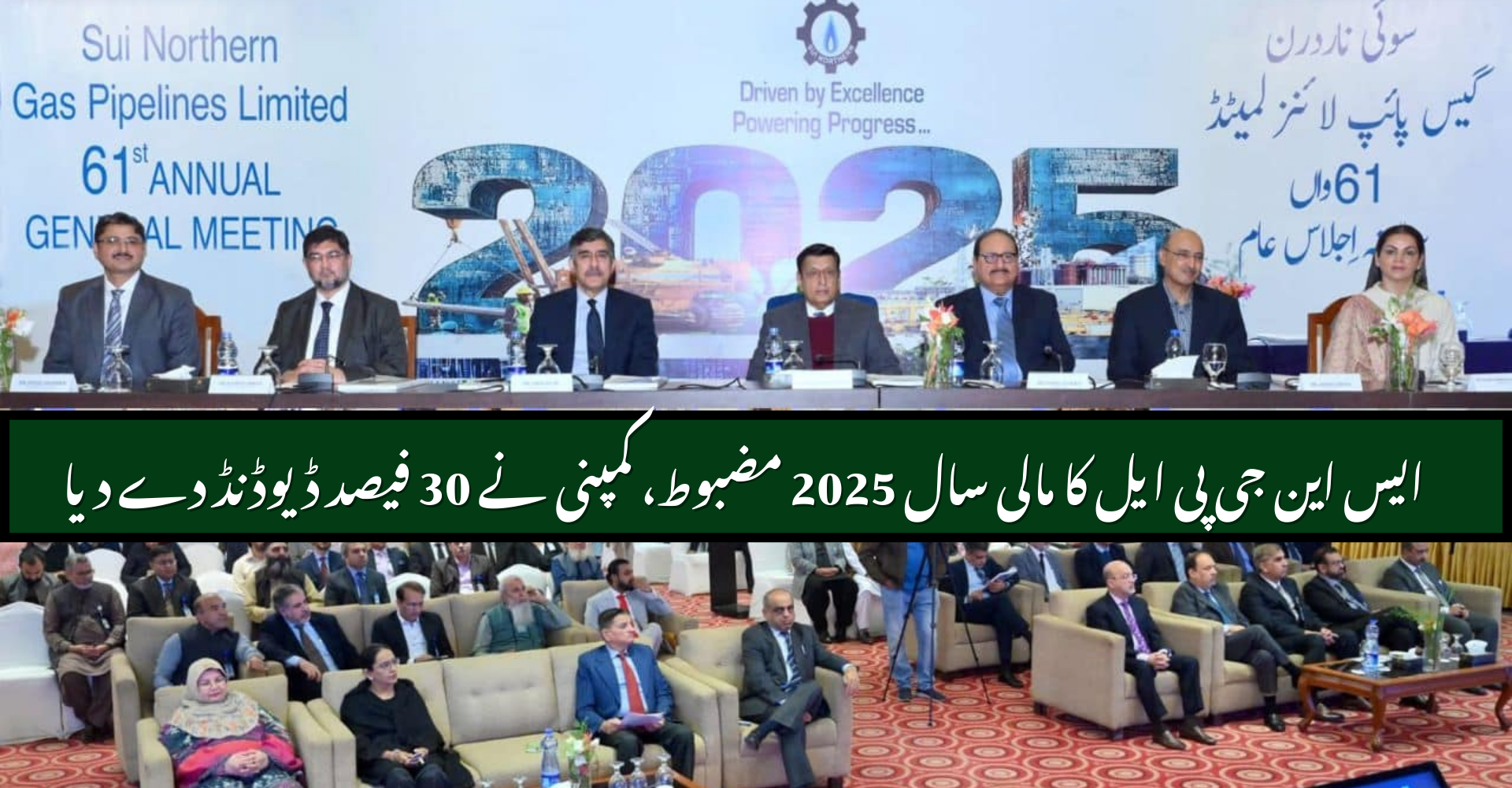Qatar Invests $3 Billion in Pakistan: Why It Matters in 2025. Yes — the headline is true: Qatar Investment Authority (QIA) along with Qatar and Pakistan have agreed on a protocol to channel $3 billion into Pakistan. This article explains what the “$3 billion Qatar investment in Pakistan” means in 2025, which sectors will benefit, how this aligns with Pakistan’s investment push and what you reader, investor or policy-watcher should keep an eye on.
What is the Qatar-Pakistan $3 billion investment protocol?
In detail, the agreement between Pakistan and Qatar involves:
- The QIA and related designated channels committing approximately US$3 billion to Pakistan.
- Formal sign-off done during high-level government meetings between the two countries, involving ministers of commerce, finance and senior officials.
- Strategic coordination via Pakistan’s Special Investment Facilitation Council (SIFC) and QIA, to streamline investment flows and align with priority sectors.
Key takeaway: This is more than a MoU. The wording emphasises commitment, implementation, and a mechanism. That makes the “Qatar invests $3 billion in Pakistan” narrative significant for 2025.
Why is this investment important for Pakistan in 2025?
Addressing Pakistan’s economic vulnerabilities
Pakistan has faced macro-economic stress: dwindling foreign reserves, high inflation, external balance issues. For example, when Qatar first announced the $3bn target in 2022, Pakistan’s reserves were reported as low as US $7.8 billion.
An infusion of this magnitude helps signal confidence to investors, improves external financing options and supports growth.
Supporting structural reform and investment facilitation
The emphasis on mechanisms such as SIFC shows Pakistan is actively working to improve investment facilitation, “single-window” clearances, regulatory reforms and sectors with international competitiveness.
For Qatar, aligning with a facilitation council makes the investment more streamlined and lowers risk.
Strengthening bilateral ties
Beyond pure finance, the pact reinforces strategic, trade, cultural and diplomatic ties between Pakistan and Qatar. The “$3bn Qatar to Pakistan investment” becomes a symbol of broader cooperation: trade, labour, culture, green tech.
What sectors will the $3 billion target?
Here is a breakdown of targeted areas, and why they matter:
| Sector | Why it matters | Qatar/Pakistan link |
|---|---|---|
| Energy (renewables, LNG) | Pakistan needs new power, green tech; Qatar has LNG infrastructure | Qatar interest in Pakistani energy projects. |
| Infrastructure & transport | Motorways, rail, sector growth depend on connectivity | Agreements discussed for motorway/transport joint ventures. |
| Technology / digital economy | Growth driver, exports, jobs | Collaboration between Qatar Science & Tech Park and Pakistan. |
| Health & education | Human capital, skilled workforce | Qatar recruiting Pakistani medical professionals; education ties. |
| Culture, media & labour | Soft power ties, diaspora, labour exports | Green investments and workforce collaboration with Qatar. |
Why these sectors?
- Pakistan’s growth strategy emphasises scarce skills, modern infrastructure and green technologies.
- Qatar has capital, sovereign fund capacity (QIA) and willingness to diversify into “growth geography” like Pakistan.
- The sectors combine returns (for investors) and development impact (for Pakistan) — a win-win.
What are the expected benefits and risks?
Expected benefits
- Injection of foreign direct investment (FDI) and improved investor sentiment in Pakistan.
- Job creation, especially in sectors like health, tech, infrastructure.
- Technology transfer, skills development, improved linkages with global value chains.
- Strengthened Pakistan-Qatar bilateral relations, boosting trade and diplomatic leverage.
Risks & caveats
- Commitment vs execution: A pledge of US$3 billion is significant, but actual disbursement and project implementation matter.
- Sovereign / macro risks in Pakistan: political change, regulatory delays, currency risk.
- Sector-specific risks: construction/infrastructure cost overruns, technology adoption issues.
- Coordination risk: Need strong coordination between QIA, SIFC, Pakistani ministries and provincial governments.
How will this deal be implemented (roadmap)?
Phase 1 – Planning & coordination
- Establishment of joint working groups between QIA and Pakistan’s SIFC.
- Identification of priority projects and sectors.
- Preliminary MOUs or agreements signed by ministers (commerce, industry) from both sides.
Phase 2 – Launch of projects
- Pilot projects in infrastructure, energy or tech launched.
- Streamlined approvals via SIFC: faster land, permits, licences.
- Monitoring & evaluation frameworks to track investments and results.
Phase 3 – Scale and expansion
- Once initial projects succeed, further scaling into broader sectors.
- Replication of successful models (e.g., smart cities, green hydrogen).
- Increased private sector participation and linkages with Qatari business community.
What does this mean for investors, businesses & citizens?
For investors & business
- Opportunity to engage in joint ventures with Qatari capital and Pakistan assets.
- Infrastructure, renewable energy and digital economy sectors become more attractive.
- Need to monitor policy stability, SIFC facilitation, project pipelines.
For Pakistani citizens
- Potential job creation, especially youth and skilled labour.
- Education and health sector improvements thanks to foreign investment and collaboration.
- Stronger economy may lead to improved livelihoods, lower inflation and more stable currency.
FAQs
What does the $3 billion Qatar investment in Pakistan cover?
The investment covers multiple sectors including energy, infrastructure, technology, health and education. It is being channeled through the QIA and Pakistan’s SIFC to streamline project implementation.
When will the funds be disbursed?
While the protocol has been signed and commitments made, actual disbursement is subject to detailed project planning, joint working groups and regulatory clearances. Some pilot projects are expected in the near term.
How will this deal benefit Pakistan’s economy?
The deal brings in foreign direct investment, strengthens bilateral ties, enhances human capital, supports growth in key sectors and signals investor confidence all of which support Pakistan’s economic stability and growth.
Are there risks for Pakistan with this Qatar investment?
Yes. Execution risk is real commitments must translate into real projects. There is also sovereign/regulatory/currency risk. Ensuring transparent processes and strong institutional coordination will be crucial.
How can local businesses or professionals benefit from this investment?
Local businesses can participate by aligning with priority sectors (e.g., green tech, infrastructure, ICT). Professionals may gain employment or collaboration opportunities, especially in sectors emphasised by the deal (healthcare, skilled labour, tech services).
Conclusion
The headline “Qatar signs protocol to invest $3 billion in Pakistan” in 2025 signals a meaningful leap forward in Pakistan-Qatar economic cooperation. With the QIA engaged and Pakistan’s SIFC in place, the deal underscores a strategic partnership, focused sectors and potential long-term gains for Pakistan’s economy and for investors alike. While risks remain, the opportunities are significant.














